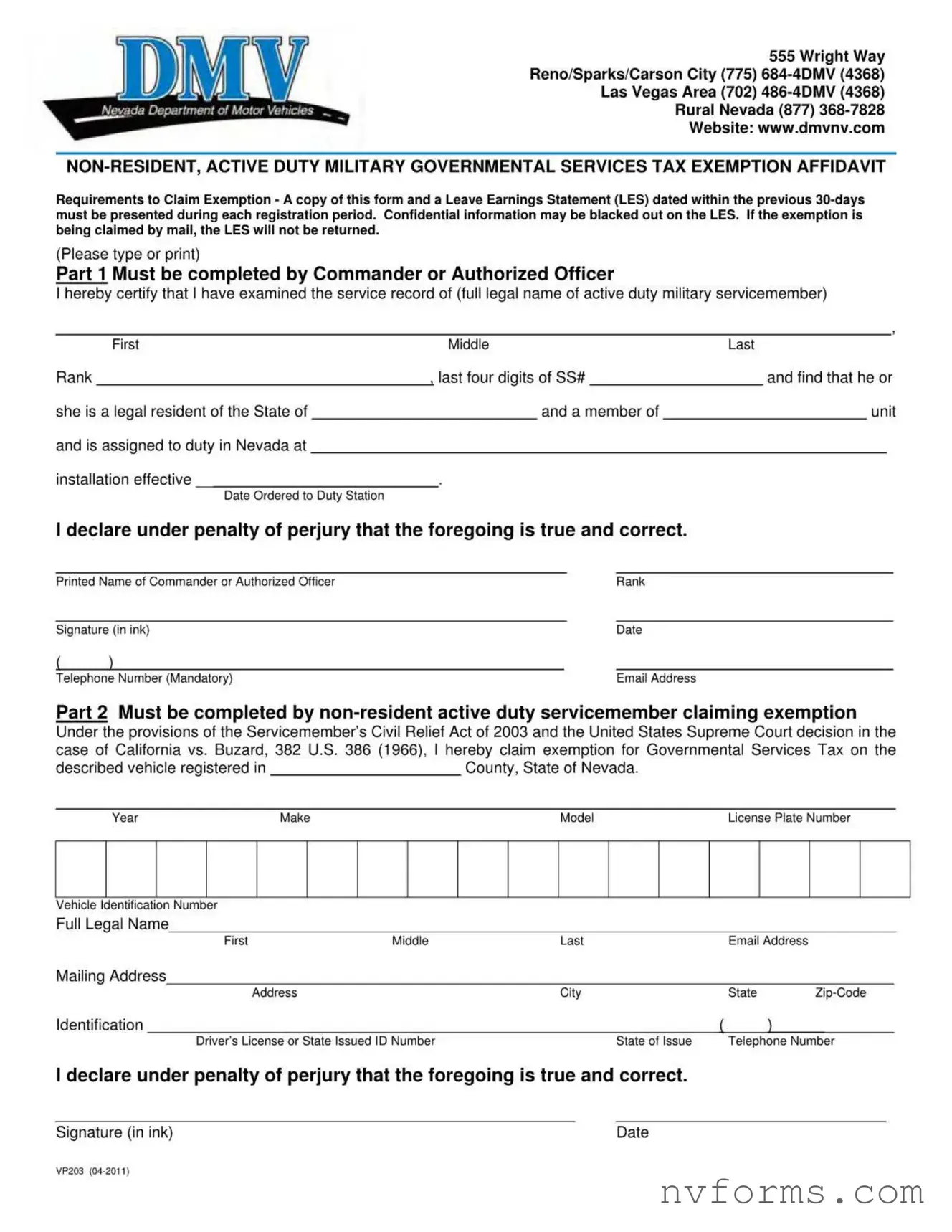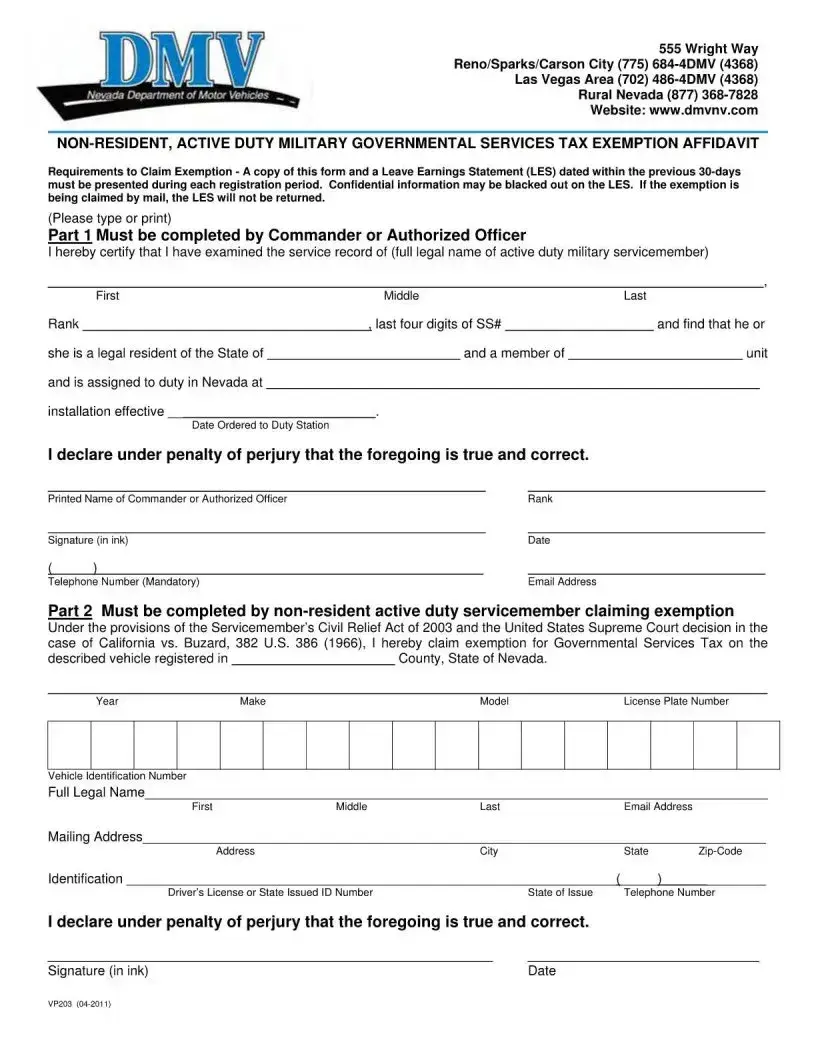The DMV VP203 form, required for certain vehicle transactions, bears similarities with several other documents in terms of their purpose and the information they gather. Each of these documents plays a crucial role in vehicle administration, and understanding how they relate to the DMV VP203 form can provide clarity on their unique functions within vehicle documentation processes.
Vehicle Registration Application (Form VSA 14): Similar to the DMV VP203 form, the Vehicle Registration Application is used to register a vehicle with the state's department of motor vehicles. Both forms collect detailed information about the vehicle, including make, model, year, and VIN (Vehicle Identification Number), as well as owner information. The key difference lies in their specific use cases; while the DMV VP203 form might be used for specific types of transactions such as changes in vehicle ownership or registration details, the Vehicle Registration Application is specifically for the initial registration of a vehicle.
Application for Certificate of Title (Form VTR-34): This document is akin to the DMV VP203 form in that it is used in the process of establishing legal ownership of a vehicle. Both forms require information about the vehicle and its owner, and both play a crucial role in the transfer of ownership or alteration of existing ownership records. The distinction between them can often be found in their jurisdictional use and the specific circumstances under which they are required, with the Application for Certificate of Title primarily focusing on the titling aspect following purchase, inheritance, or gift of a vehicle.
Vehicle Transfer and Reassignment Form (Form REG 262): The DMV VP203 form and the Vehicle Transfer and Reassignment Form share similarities in facilitating the process of vehicle ownership transfer. They both collect detailed information regarding the seller and the buyer, vehicle specifics, and the transaction details. However, the REG 262 form is unique in that it combines several functions into one document, including the release of liability, odometer disclosure, and power of attorney, in certain cases. This form is particularly useful in private sales where a comprehensive document can streamline the transfer process.

